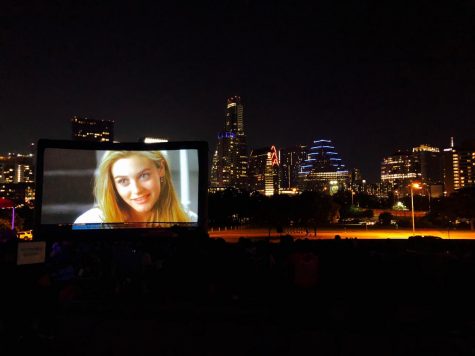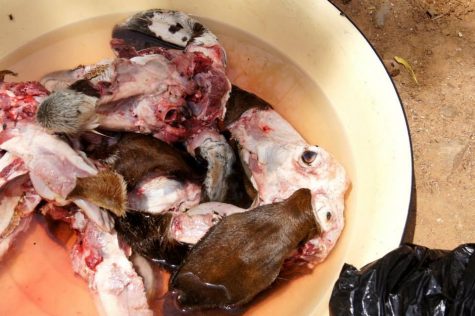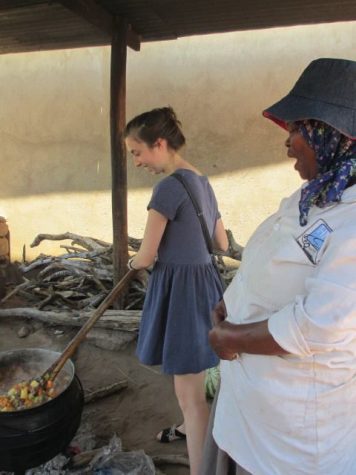QUITO: On a more serious note
Racism isn’t just a phenomenon in the United States, and I knew this, but it’s manifested very differently in Ecuador.
In the U.S., we are constantly hosting discussions on the topic. We explore ways to end racism, and we make comparisons. I also still hear racist jokes in the U.S. and ignorant comments about race. In other words, we talk about race for all kinds of reasons, and we talk about it often.
In stark contrast, I’ve never actually heard anyone mention anything about race in the almost two months I’ve been here except the one day in which it was a theme in my Ecuadorian Culture class.
The professor is unlike the rest of my professors and the majority of the professional staff because she has much more indigenous features and darker skin.
We discussed the pigmentocracia — a social class hierarchy based on skin color. Sadly, this system is alive and well in Ecuador.
I would consider myself a tan person in the United States. I have an olive skin tone that comes from my Italian heritage, but I don’t have dark skin by any means. Although I often get mistaken for an Ecuadorian, in comparison to the general Ecuadorian population I have very light skin.
The part that kills me though is that in comparison to the other students at my university, my skin is about average. The same goes for the people in general in Cumbayá — the high-class suburb of Quito where my school is located — except for the guards, custodians and other employees with similar jobs.
This past weekend I went out for a friend’s birthday to one of the fanciest bars I’ve ever been to. This bar came with a hefty price tag: $20 just to enter. Especially when free is the norm on 6th street, it wasn’t easy for me to shell out so much money.
At first it was a place to chat with friends and but it wasn’t long before it transformed into a raging discoteca. It was a great time, but about halfway through the night I took a look around and realized that everyone was extremely white. I was one of the darkest skinned people in the whole bar.
All of the people in Ecuadorian advertisements and commercials are light-skinned. Ecuador portrays itself as a country with light skinned people, but in reality it isn’t. I asked an Ecuadorian friend about it, and she said she hadn’t ever noticed this. I honestly don’t know how that’s possible.
The aspect of this phenomenon that is the most interesting to me is that the percentage of light-skinned Ecuadorians is very small. In the United States white people are the majority, which though it never excuses racism or preferential treatment, it makes it less shocking that it occurs.
In Ecuador, although there are definitely exceptions, generally lighter skinned people are better off socioeconomically. No one seems to be bothered by this. No one talks about the differences in skin color, but frequently people make racist comments without realizing it.
The city is very divided, and South Quito is infamous not unlike East St. Louis or the south side of Chicago. People never say that South Quito is dangerous because people with darker skin live there, but I frequently hear that South Quito is an “otro mundo” (a different world).
There is even a saying that the Panecillo — a large statue of the Virgin Mary — has her back to South Quito because it’s hopeless.
The interesting part as an outside observer is that Ecuadorians in general don’t seem to think that comments like this are racist — just normal.






